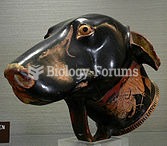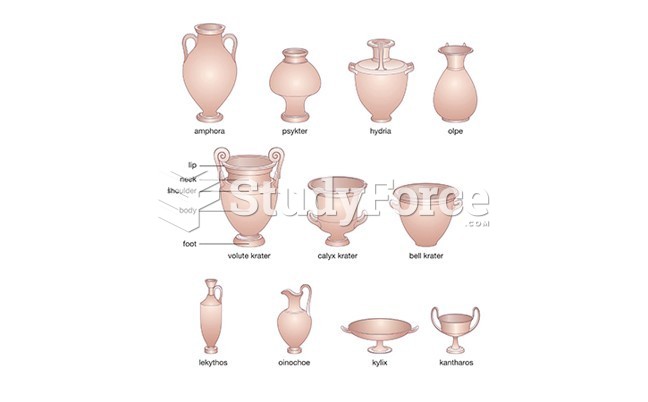Answer to Question 1
a
Answer to Question 2
Obesity reflects the interaction between genes and the environment. An obesogenic environment includes all of the circumstances that people encounter daily that push them toward fatness. Over the past four decades, the demand for physical activity has decreased as the abundance of food has increased.
People may overeat in response to stimuli in their surroundingsprimari ly, the availability of many delectable foods. Most people in the United States find high-kcalorie foods readily available, relatively inexpensive, heavily advertised, and reasonably tastythanks largely to fast food. With around-the-clock access to rich palatable foods, we eat more and more often than in decades pastand energy intakes have risen accordingly. Most alarming are the extraordinarily large serving sizes and ready-to-go meals offered in supersize combinations.
People may be obese, not because they eat too much, but because they move too littleboth in purposeful exercise and in the activities of daily life. Obese people observed closely are often seen to eat less than lean people, but they are sometimes so extraordinarily inactive that they still manage to accumulate an energy surplus. Reducing their food intake further would jeopardize health and incur nutrient deficiencies. Physical activity, then, is a necessary component of nutritional health. People must be physically active if they are to eat enough food to deliver all the nutrients needed without unhealthy weight gain.
Some aspects of the built environment, including buildings, sidewalks, and transportation opportunities, can discourage physical activity. For example, most stairwells of modern buildings are inconvenient, isolated, and unsafe. Roadways often lack sidewalks, crosswalks, or lanes marked for bicycles. The air on roadways can be dangerously high in carbon monoxide gas and other pollutants from gasoline engine emissions. Hot and cold weather also pose hazards for outdoor commuters. In contrast, those with access to health-promoting foods and built environments more easily make healthy choices. Safe, affordable biking and walking areas and public exercise facilities help maintain health and body leanness.







